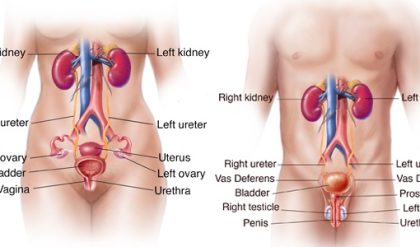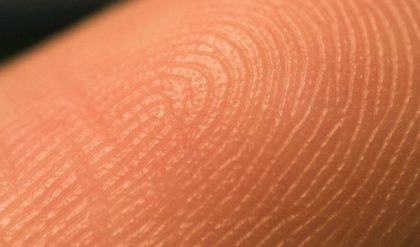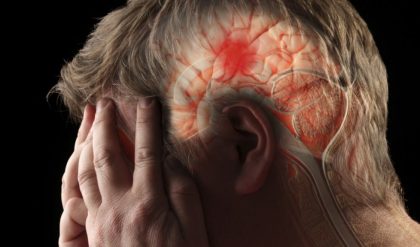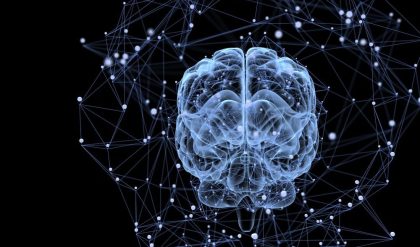Outcome after traumatic brain injury can vary widely depending on the location and extent of damage, age and sex of the patient, prior medical conditions, socioeconomic and educational status, early treatment interventions, and subsequent extent of rehabilitation and medical therapy. An equally broad range of symptoms—loss of consciousness and coma, persistent vegetative state, seizures, disrupted motor functions, visual defects, dizziness, disordered language, disordered executive functions and communication skills, lack of emotional control, diminished (or enhanced) sex drive, depression, changes in personality, inability to focus, loss of attention, and impaired memory (especially short-term processing of information)—can occur in the successive stages after traumatic brain injury.
In the absence of treatments, symptoms can persist indefinitely, although there may be gradual amelioration that can sometimes be improved with rehabilitation therapy. Many patients diagnosed with mild traumatic brain injury develop behavioral problems and symptoms that prevent them from returning fully to their preinjury lifestyles or work, and in about 30 percent of cases, they are accused of malingering (feigning illness), although that condition is not easy to verify. There has been accumulating evidence that even mild but repeated head injuries (e.g., those associated with sports such as boxing or gridiron football) that occur over time can result in cumulative impairments that can be disabling or even fatal.
Research
Clinically effective treatments than can directly repair the damaged brain are lacking. Basic research in that area focuses either on developing neuroprotective drugs that can prevent swelling, necrosis, and apoptosis or on neuroplasticity-enhancing agents or physiological techniques that encourage intact nerve cells to grow new branches or to increase or change their activity to replace lost or damaged neurons. A third category of research, using stem cells or genetically modified cells (e.g., glial cells) that are transplanted into the zone of injury, seeks to replace damaged cells with substitute neurons or other cells that can restore function.




